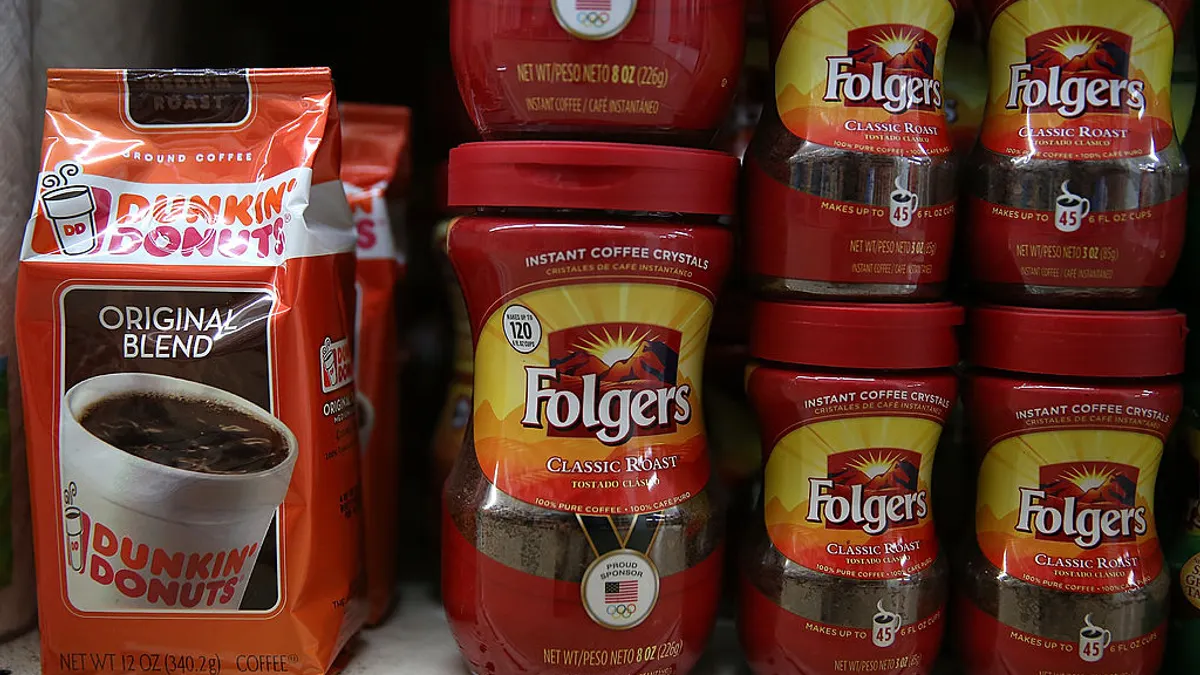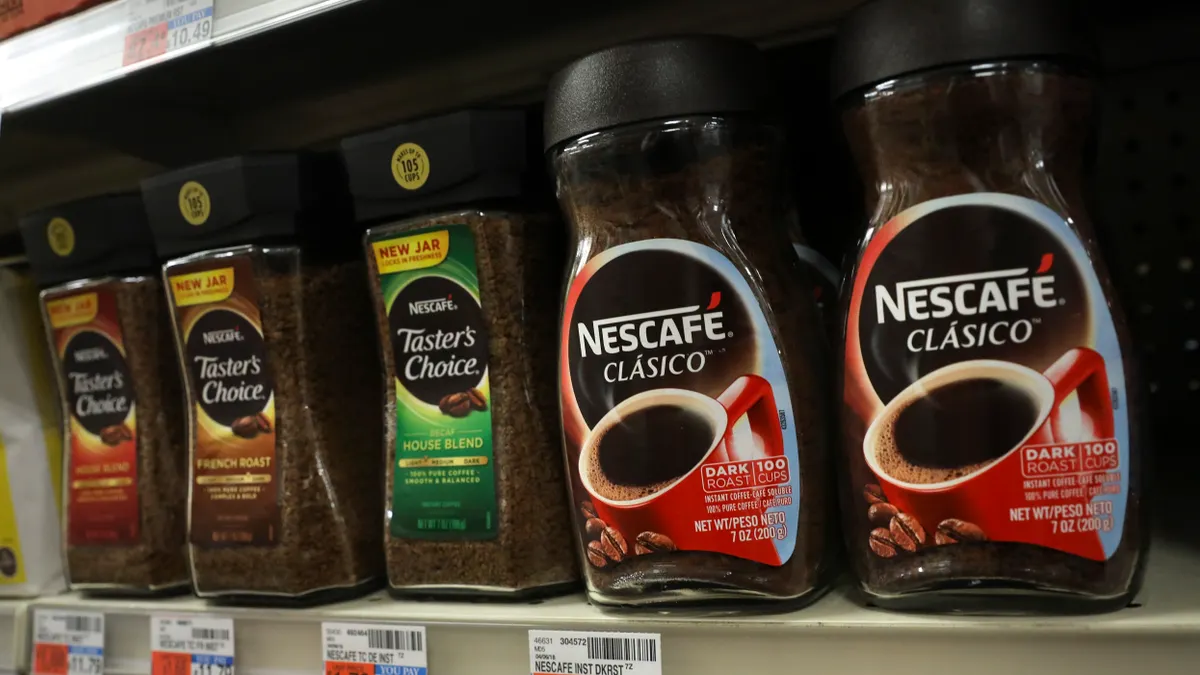This is a contributed op-ed written by Ron Volpe, vice president of apps and chief supply chain evangelist at Tradeshift
The vaping crisis that has claimed the lives of a growing number of people raises questions about its effectiveness as an aid to quit smoking, and shines a light on deficiencies in today’s supply chains. Unless we address these deficiencies, they are likely to cause further deaths in other industries, as harmful products continue to be sold to consumers.
It’s unclear what’s causing vaping-related deaths, but some experts believe it’s unauthorized pods being sold cheaply online, with some originating in factories as far afield as China. A quick search online reveals numerous websites selling cheap unauthorized pods designed to fit into vaping devices from major manufacturers.
The internet has made the world a smaller place, where it’s easy to set up an online store and sell products around the world. Shipping services make it easy to deliver products worldwide, and digital currencies like Bitcoin make it easy to evade detection for those who want to. Despite the positives it can bring, the internet can be a vast illicit bazaar for black market goods.
The problem is, consumers don’t know where these products come from, especially when they’re not buying from major brands. They have no visibility into where they’re made, who handled them on the way to market and whether they’re safe and approved by local or U.S. regulators. Most supply chains today are a black box where consumers only see what comes out at the end.
When it comes to drugs, this is a big problem, and it extends far beyond nicotine and THC. Just recently, three Chinese nationals and a former deputy sheriff in Pennsylvania were charged with selling illicit fentanyl, an addictive opiate, in a scheme that led to five deaths. Even medicines like insulin and antibiotics have a thriving black market for those looking for cheaper supplies. The FDA says 80% of counterfeit medicines come from overseas, many from China, India and Mexico.
Consumers need a way to see where the products they are buying come from so they can make informed decisions about whether they are buying something safe to consume. And some products shouldn’t be entering the supply chain at all, which means we need tighter regulations and border controls to keep them out.
Here are four steps we can take to tighten supply chains and protect consumers against illicit drugs and medicines:
Track and trace
Allowing consumers to see where products originate can go a long way toward helping them avoid questionable sources and providers. Vendors should explore technologies like blockchain and a simple barcode that consumers can scan with a mobile device to show where products come from and any local certifications they may have received. This benefits vendors because it allows them to verify the safety and authenticity of their goods, and it helps consumers because they can avoid products that don’t provide this traceability. The ability to track goods from their source is severely lacking in all industries. Almost three out of four companies have no information about their suppliers’ suppliers. Implementing track and trace for medicines and other drugs would allow consumers to make informed decisions about what they buy, and avoid products that have no proof of origin.
Good Manufacturing Practices
Good Manufacturing Practices (GMP) is a system that ensures products are produced and controlled consistently according to quality standards. It’s designed to minimize the risks involved in pharmaceutical production that can’t be eliminated through testing the final product. However, the vaping industry hasn’t made a significant effort to create similar supply chain quality standards. A specific example is the use of a wide variety of "cutting agents" (a chemical used to dilute or adulterate a product) to "stretch" the THC used in cannabis vaping cartridges.
Chain of custody and blockchain
Blockchain technology can create a traceable "chain of custody" for vaping and other products, creating a "digital passport" that provides a verifiable transcript of a product’s lifecycle and journey. At its core, blockchain is meant to deliver the exact forensics (integrity, traceability, authentication, verifiability, security) that are absent in today’s vaping supply chain. While a blockchain-enabled chain of custody has the potential to deliver a verified product and user experience, it may take time to play out, as the supply chain can slow impacting sales within the industry, resulting in a lack of support from the industry itself.
Stricter regulations
Since established vendors can’t control blackmarket suppliers, they can only do so much to protect consumers. That means the government must also play a role. Enforcing tighter regulations can help ensure that products are legitimately labeled and sourced. For example, the Synthetics Trafficking and Overdose Prevention Act increases scrutiny of deliveries by requiring international senders to add basic information about a package’s intended recipient, contents and the shipper’s name and address. The act is designed to help stop the influx of deadly synthetic drugs like fentanyl into the U.S. from China. Applied more broadly, similar regulations could help control and mitigate the flow of other drugs.
Vaping supplies are only the latest in a string of drug-related products to enter the U.S. supply chain and harm consumers. Americans need better protection against these potentially harmful goods. Using technology that can verify the origin and safety of legitimate products, along with greater efforts to prevent dangerous drugs from entering the country illegally, is a good place to start. It’s vital for the government and industry to take action now before this problem becomes even more severe.




















